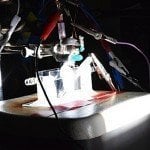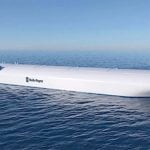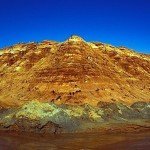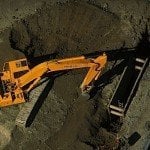Since astronauts first landed on the Moon in 1969 and brought back the first samples of lunar rock, scientists have been carrying out all types of experiments to uncover the secrets of our nearest celestial neighbor.
One of the big questions they’ve been trying to answer is whether there is water on the Moon, and now it looks like they may have finally solved the mystery.
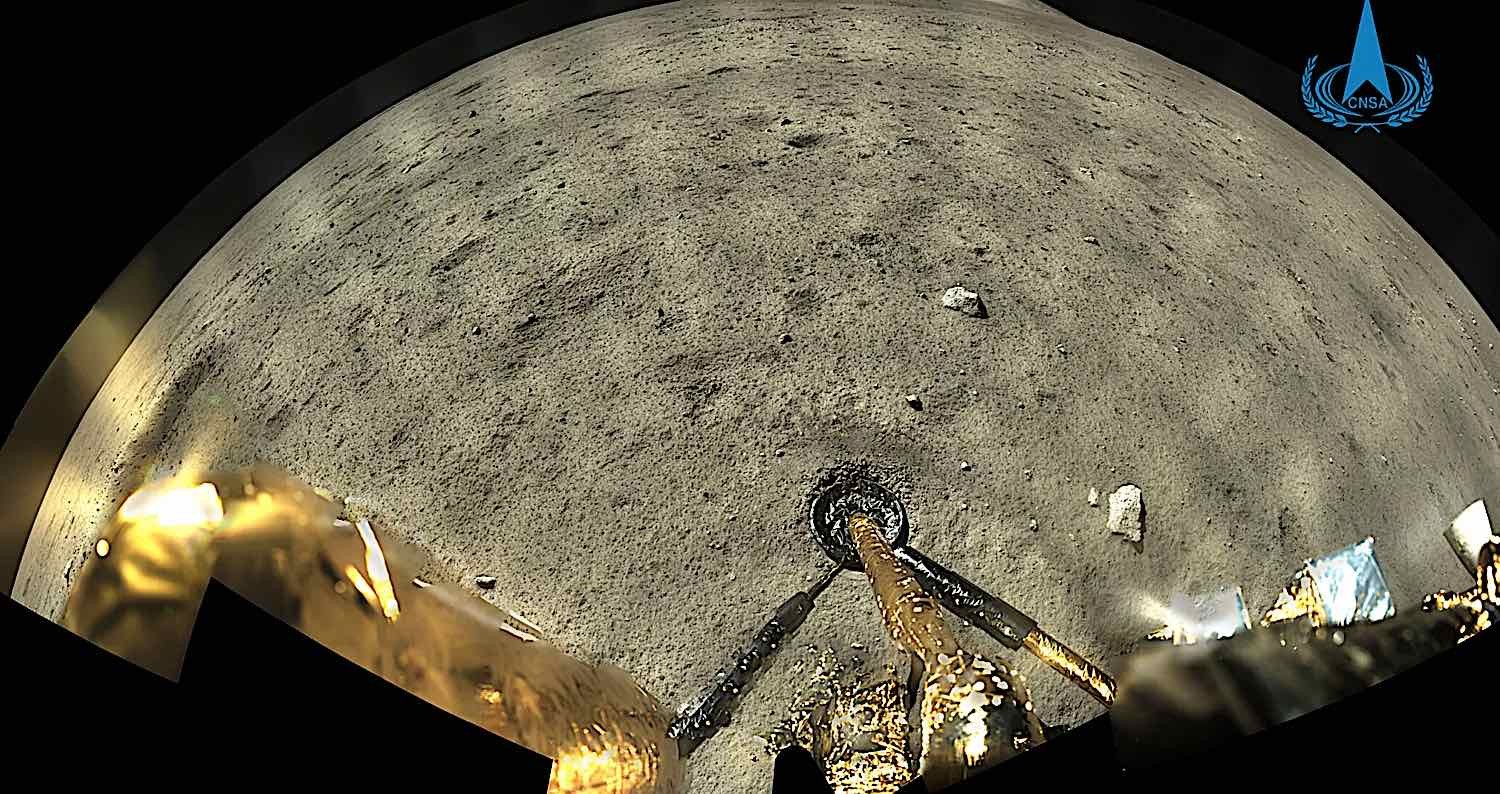
Searching for water
The first Apollo missions brought back rocks that contained strange glassy beads, which many scientists thought could be created by the interaction of lunar rocks with water.
However, it wasn’t until 2020 that definitive proof was found when NASA’s flying Stratospheric Observatory for Infrared Astronomy (SOFIA) discovered evidence of water molecules on the sunlit surface of the Moon.[1]
Now, scientists believe they may have found even more evidence of water on the Moon, thanks to the Chinese Lunar Lander Chang’E-5A.
Since the 1970s, no spacecraft has landed on the Moon to return samples to Earth. [2] The Chang’E-5 mission managed to do it following a similar structure to that of NASA’s Apollo missions.

The spacecraft consists of four separate pieces:
- The service module is designed to remain in lunar orbit,
- The lander is prepared to touch down on the Moon and collect samples for research, using a drill that can burrow up to 2 meters underground,
- The ascent vehicle lands on the lunar surface together with the lander to then take off from the Moon’s surface and rendezvous with the service module back in orbit;
- The Earth return module also remains in orbit, ready to come back to Earth with the lunar samples collected by the lander.
The lander and ascent vehicle components of the Chang’E-5 spacecraft successfully touched down on the Oceanus Procellarum area of the Moon on December 1st, 2020. [3]
The lander also carried a spectrometer that allowed it to identify the mineral composition of the samples in real-time and calculate how much water was potentially contained in the moon samples.
It is this instrument that found evidence of water on the lunar surface and relayed this information back to Earth, to be verified once the physical samples landed on our planet.
The spectrometer discovered that some of the rocks in the landing area contained 30 hydroxyl parts per million [4], which are molecules that consist of one oxygen atom and one hydrogen atom, often as a result of water reacting with other minerals.
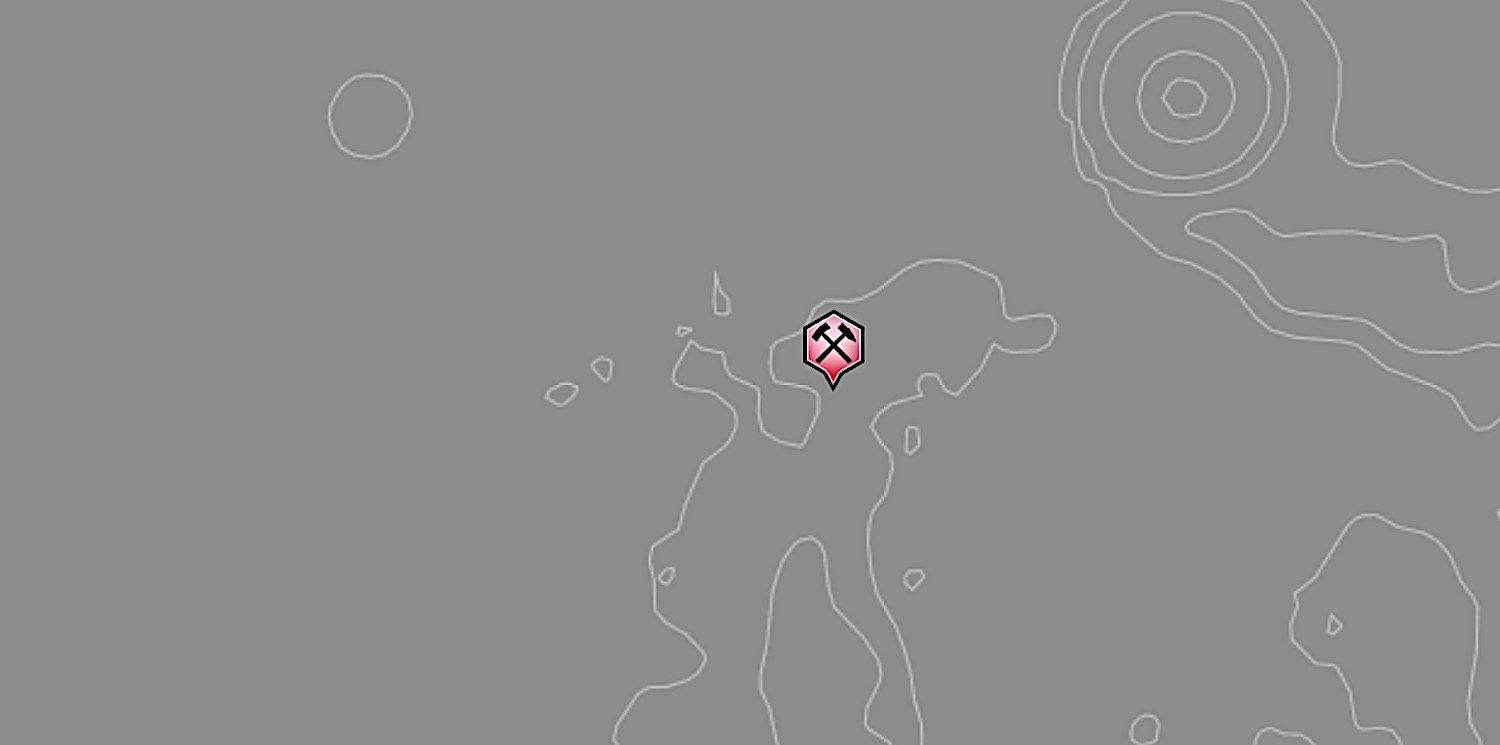
The origin of the water
One of the questions that the researchers had to determine was if the water molecules discovered by the spectrometer originated on the Moon or if they were brought there.
Solar winds are known to bring hydrogen molecules to the lunar surface, and these can combine with oxygen to form water.
Already during the Apollo missions, it was thought that any water found on the Moon might have come from the solar wind.
To factor this in, researchers planned their sample collection at a time when solar winds would be at a minimum.
Even with this taken into consideration, they found that the Chang’E-5 samples still contained water molecules, although about a third of the amount that was found in the samples brought back from the Apollo 11 mission.
Most of the hydroxyl molecules that indicate the presence of water were found in a mineral known as apatite, present both on the Moon and Earth.
The results of this research have been published in the Nature journal [5] and are significant because they indicate that there could have been water present at some point during the formation of these rocks.
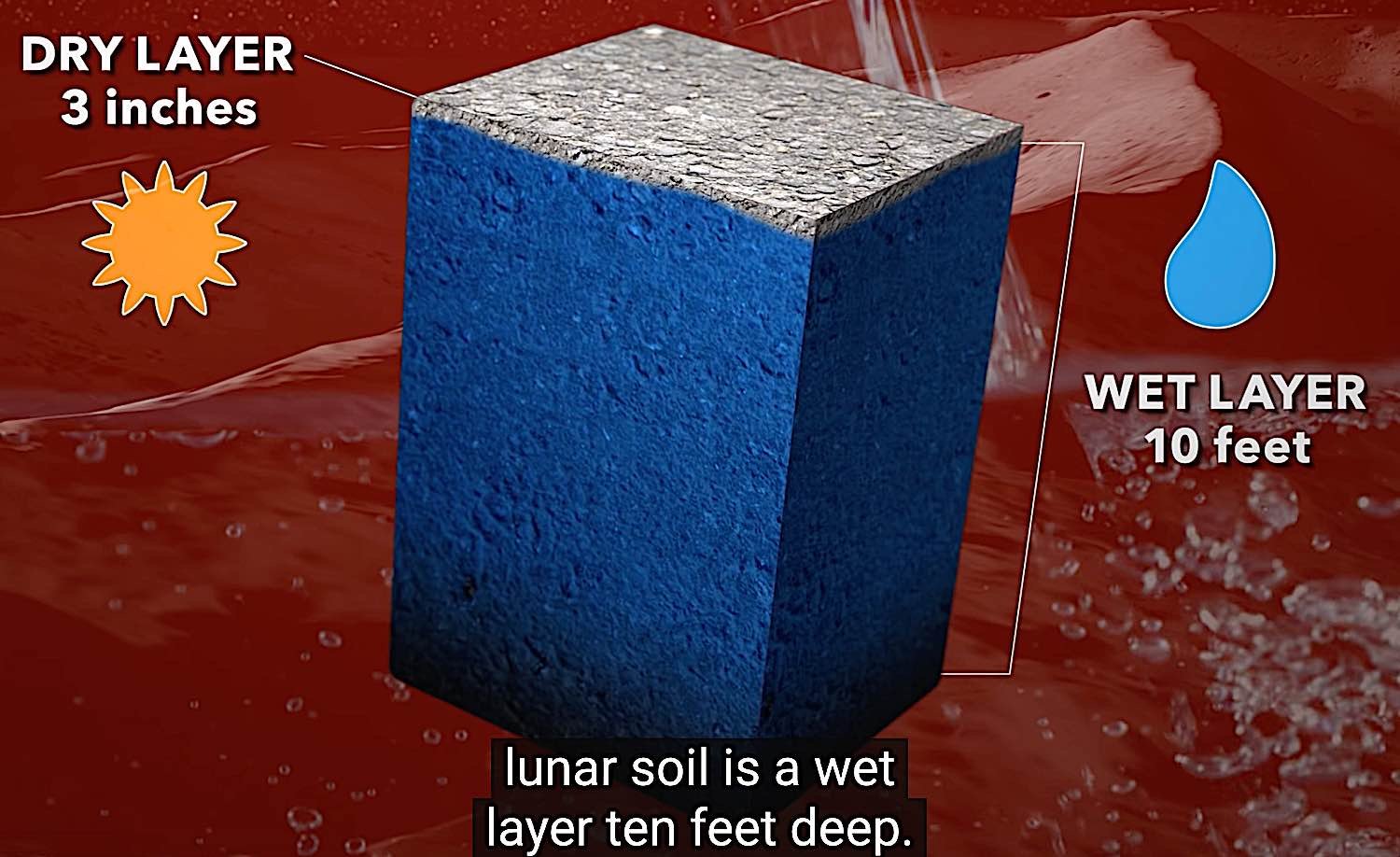
The future of the search for lunar water
While the amount of water found in the samples is very small, it is a significant discovery nonetheless, as it adds to our understanding of how water could be present on the Moon.
In future Chinese missions Chang’E 6 and Chang’E 7, researchers will continue to use a combination of real-time analysis together with further laboratory testing back on Earth to gain more understanding of the Moon’s water.
The small quantities found don’t necessarily mean that there isn’t more water elsewhere on the Moon. It certainly does not indicate that there could be enough water to potentially be used by future lunar settlers.
But it does give scientists valuable information about the formation of the Moon and of our solar system.
Notes
[1]: https://moon.nasa.gov/news/155/theres-water-on-the-moon/
[2]: https://www.planetary.org/space-missions/change-5
[3]: https://www.mindat.org/loc-412919.html
[4]: https://interestingengineering.com/water-on-moon-chinese-discovery-rock-samples
[5]: https://www.nature.com/articles/s41467-022-30807-5

